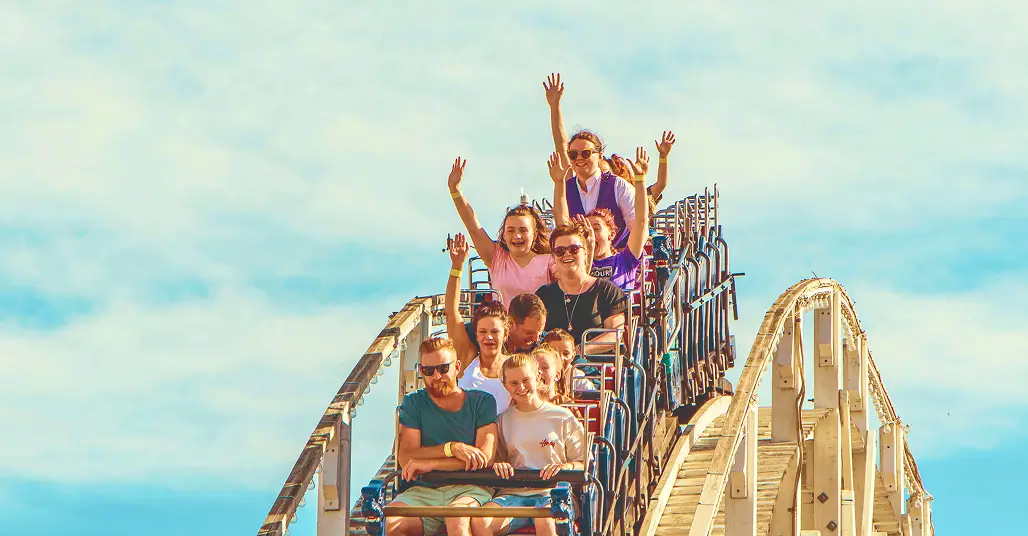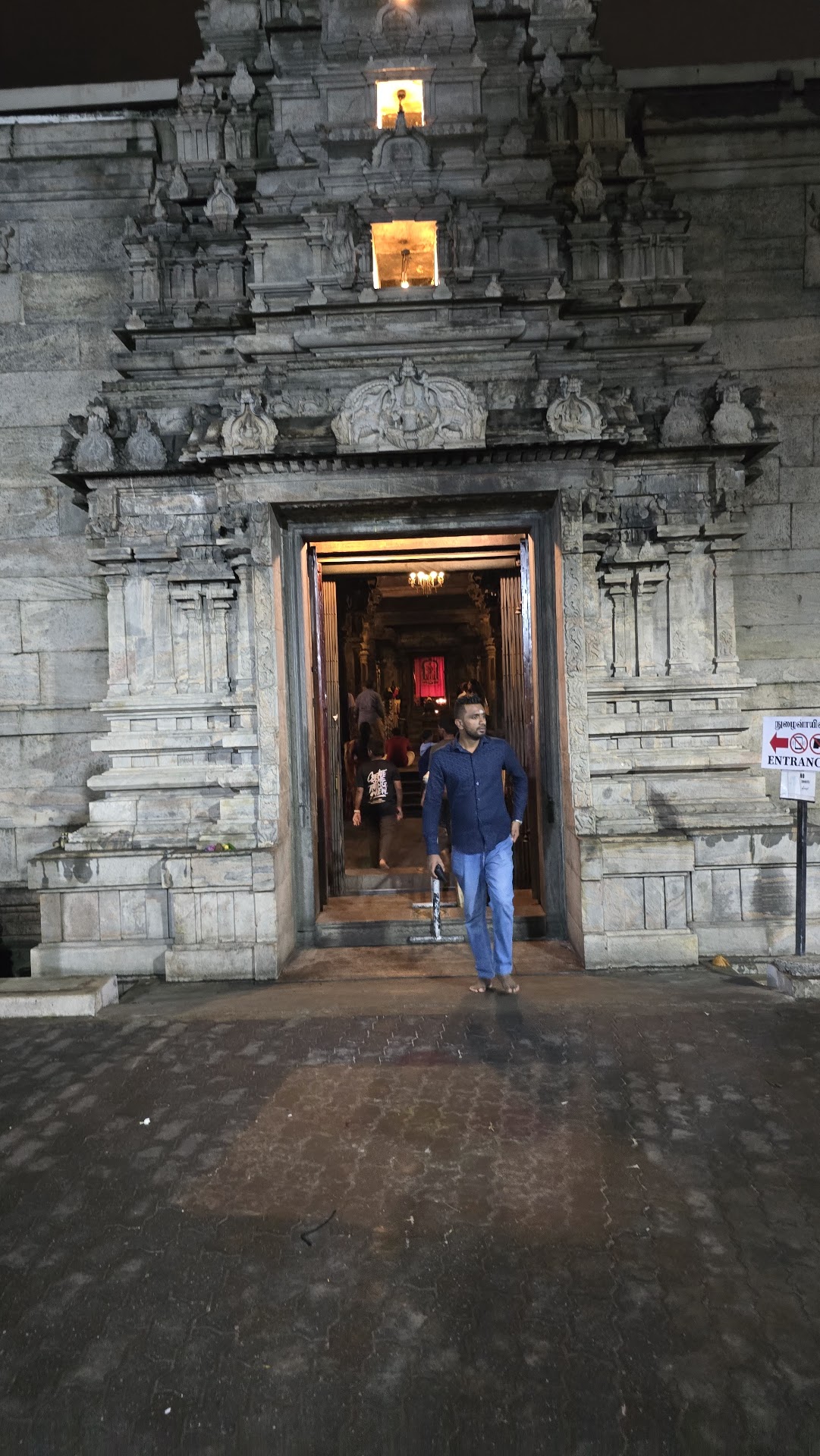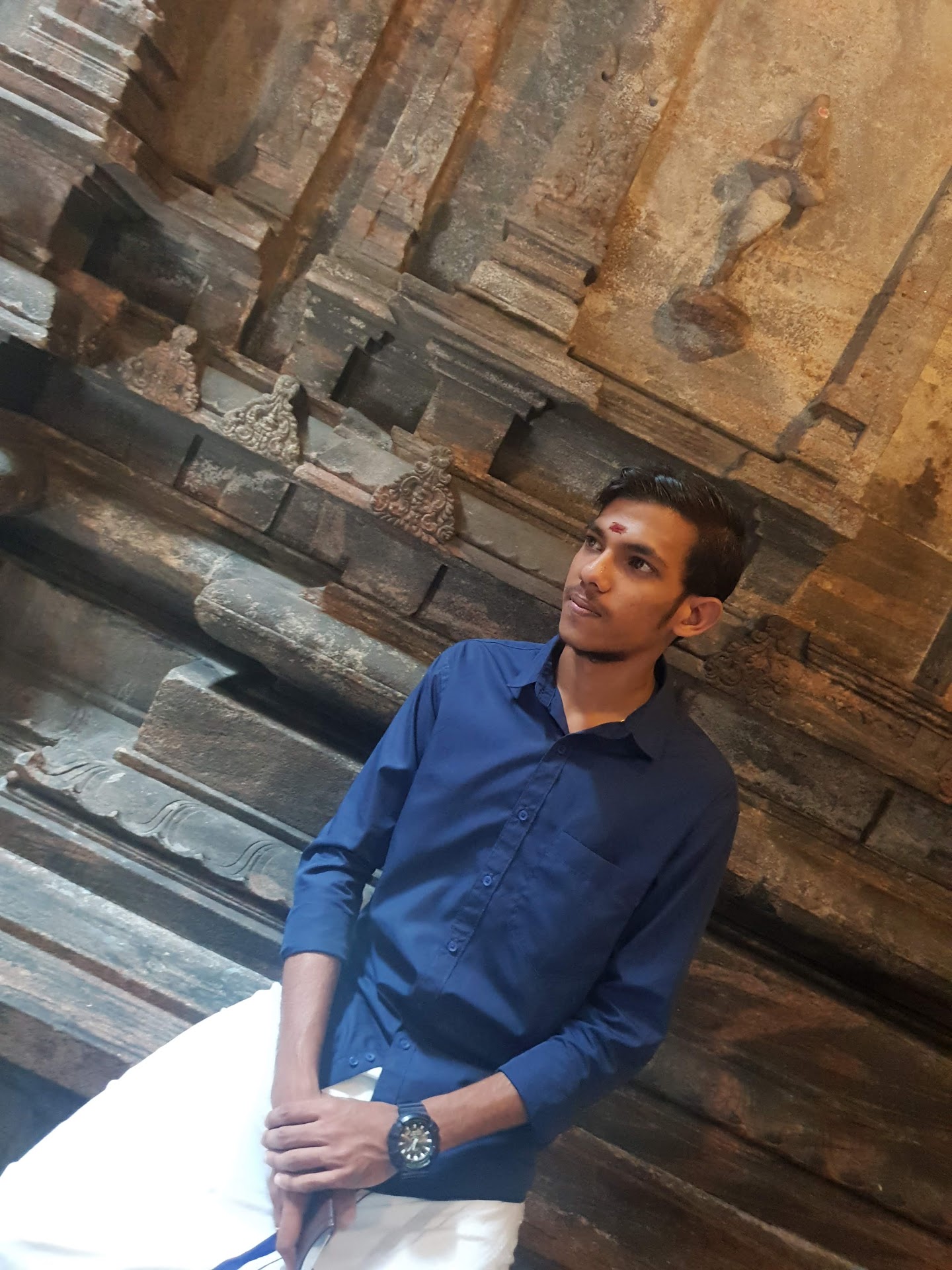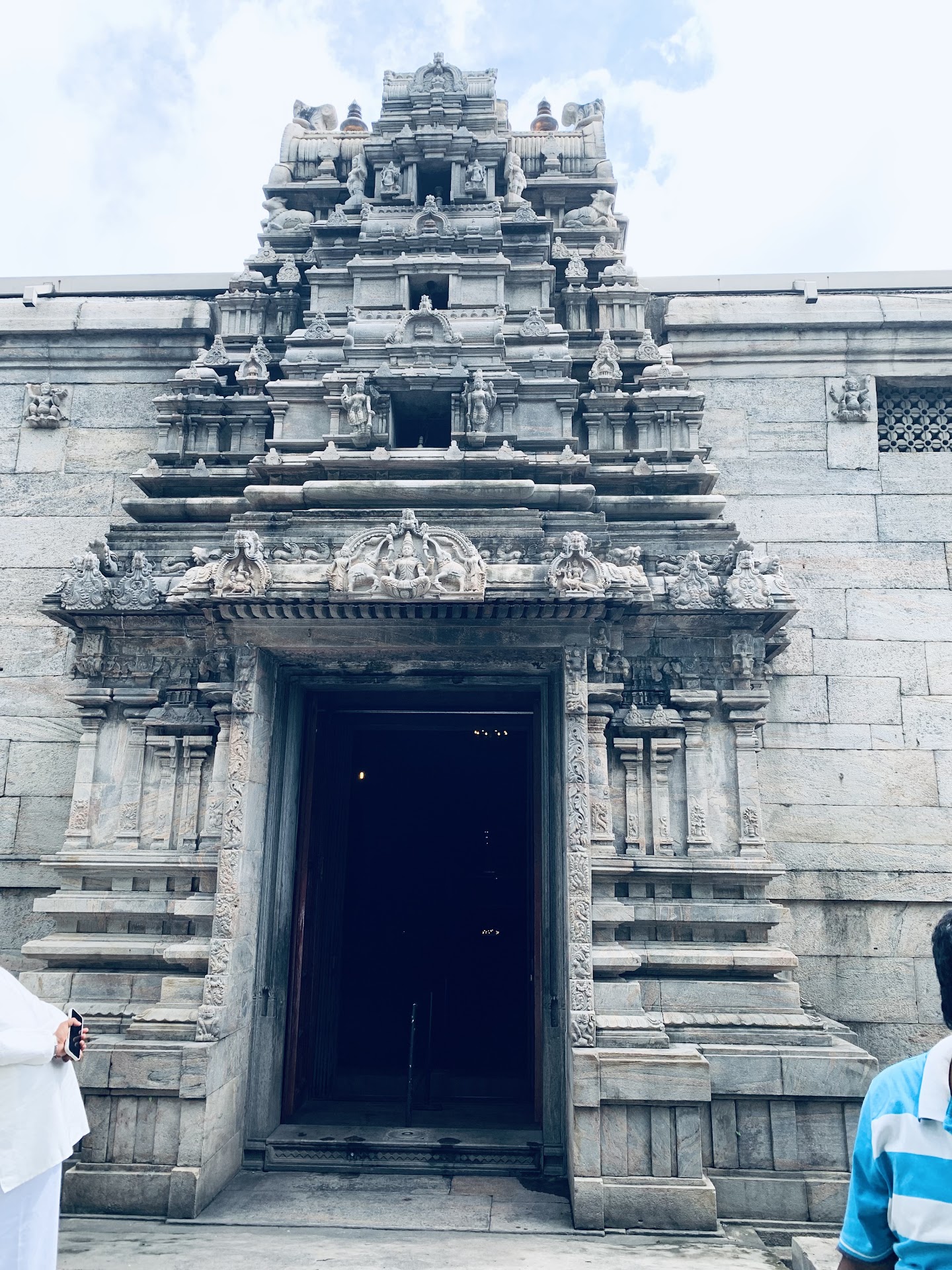Sri Ponnambalavaneswarar Kovil things to do, attractions, restaurants, events info and trip planning
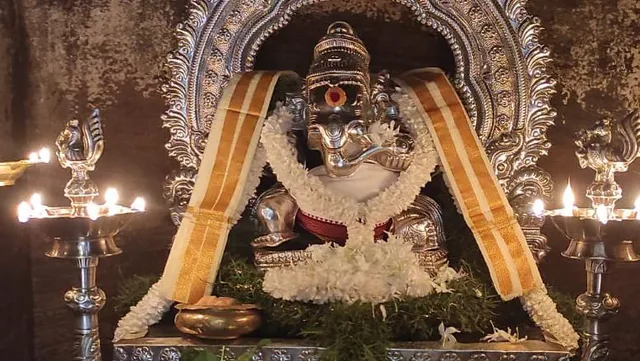
Basic Info
Sri Ponnambalavaneswarar Kovil
38 Srimath Ramanathan Mawatha, Colombo 01300, Sri Lanka
4.8(862)
Open 24 hours
Save
spot
spot
Ratings & Description
Info
Cultural
attractions: St. Anthony's Shrine, Kochchikade, Pillaiar Temple, ISKCON Colombo - Sri Sri Radha Krishna Temple, New Kathiresan kovil, Sri Siva Subramaniaswami Temple, Old Kathiresan Temple, Sri Kailawasanatan Swami Temple, St. Lucia’s Cathedral - Kotahena, Sri Muthumariamman Thevasthanam, Historic Colombo Grand Masjid, restaurants: Puspams Chinese Restaurant, KFC - Kotahena, Dominos Pizza - Kotahena, Pizza Hut - Kotahena, Sri Suryas Hotel, Flag & Whistle Restaurant Pub, Sri Vaishnavi Vihar, BakeShop - Head Office & Factory Outlet, Ceylon Table, Mani Cool Spot
 Learn more insights from Wanderboat AI.
Learn more insights from Wanderboat AI.Phone
+94 112 447 837
Website
sriponnambalavaneswarar.com
Plan your stay

Pet-friendly Hotels in Colombo
Find a cozy hotel nearby and make it a full experience.

Affordable Hotels in Colombo
Find a cozy hotel nearby and make it a full experience.

The Coolest Hotels You Haven't Heard Of (Yet)
Find a cozy hotel nearby and make it a full experience.

Trending Stays Worth the Hype in Colombo
Find a cozy hotel nearby and make it a full experience.
Reviews
Nearby attractions of Sri Ponnambalavaneswarar Kovil
St. Anthony's Shrine, Kochchikade
Pillaiar Temple
ISKCON Colombo - Sri Sri Radha Krishna Temple
New Kathiresan kovil
Sri Siva Subramaniaswami Temple
Old Kathiresan Temple
Sri Kailawasanatan Swami Temple
St. Lucia’s Cathedral - Kotahena
Sri Muthumariamman Thevasthanam
Historic Colombo Grand Masjid
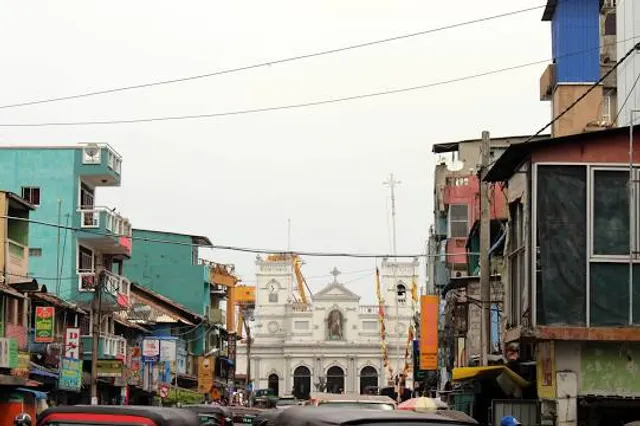
St. Anthony's Shrine, Kochchikade
4.8
(2.5K)
Open 24 hours
Click for details
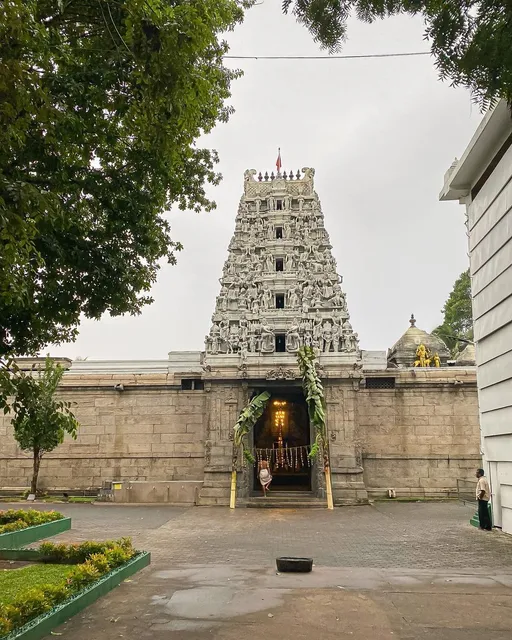
Pillaiar Temple
4.4
(34)
Open 24 hours
Click for details

ISKCON Colombo - Sri Sri Radha Krishna Temple
4.6
(71)
Open 24 hours
Click for details
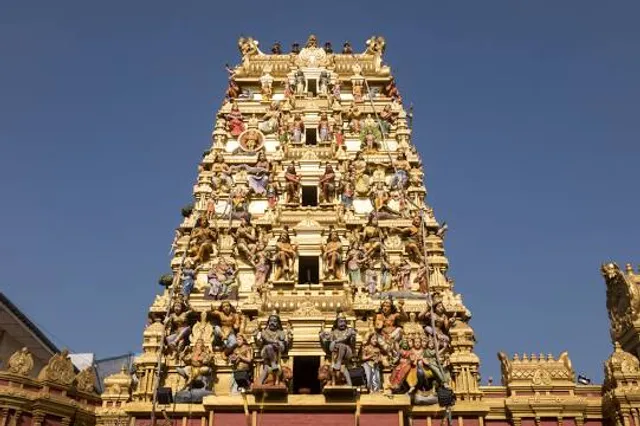
New Kathiresan kovil
4.4
(192)
Open 24 hours
Click for details
Things to do nearby
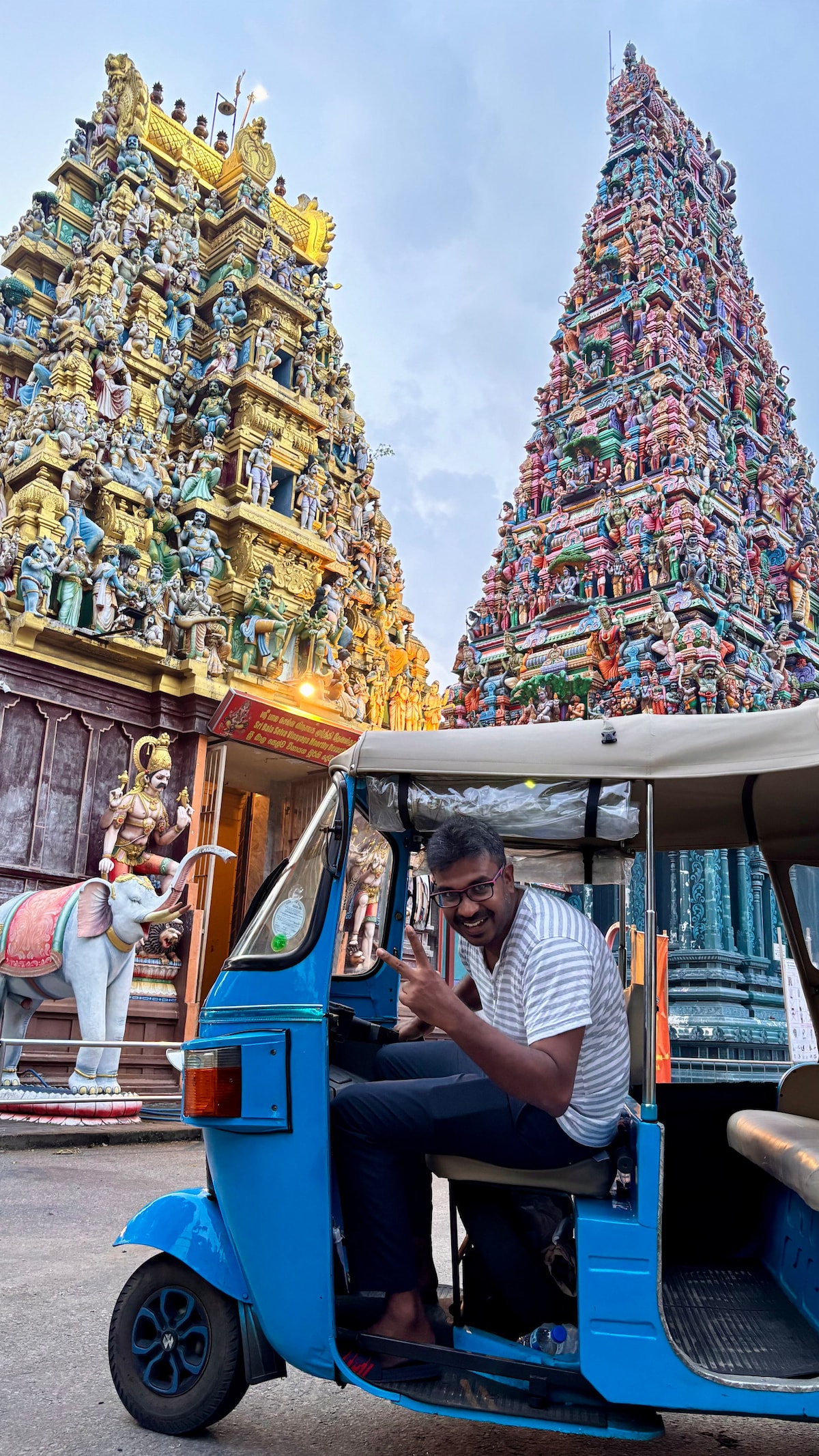
Colombo City Tour by Tuk Tuk - Private & Authentic
Fri, Dec 26 • 3:30 PM
Colombo, Western Province 00300, Sri Lanka
View details
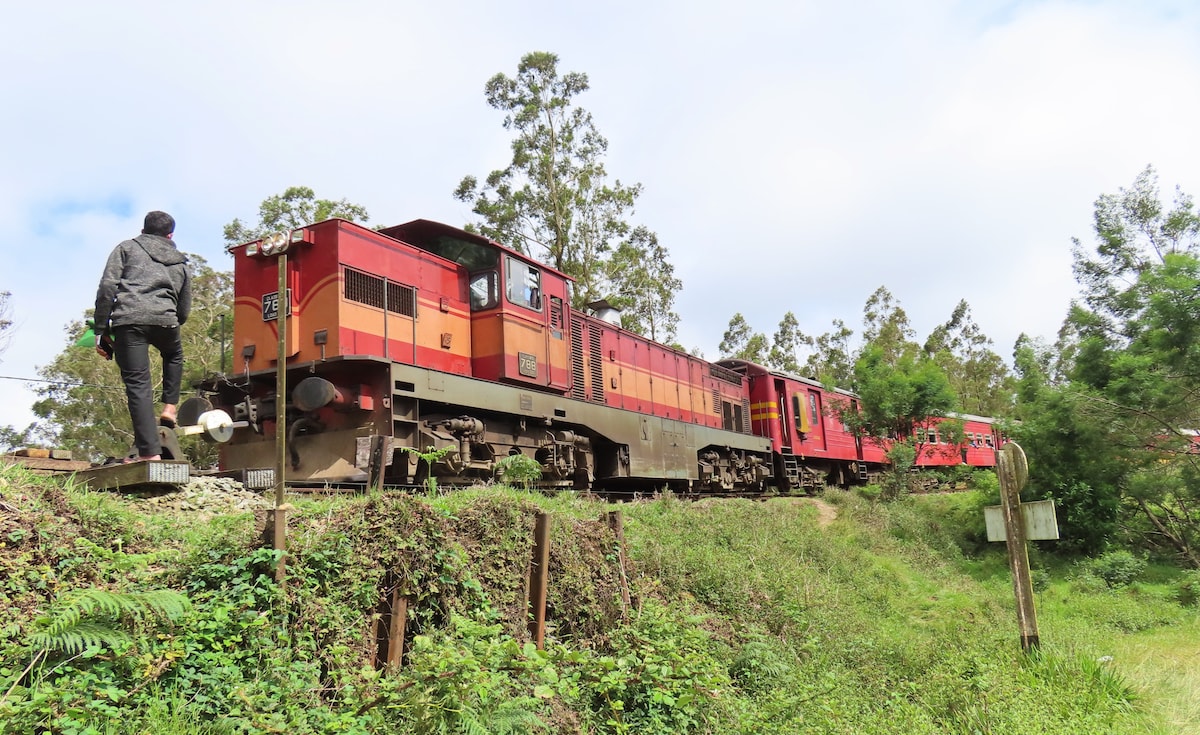
Colombo, Galle, Kandy, Sigiriya-Personalized Tour
Fri, Dec 26 • 9:00 AM
Colombo, Western Province 00000, Sri Lanka
View details
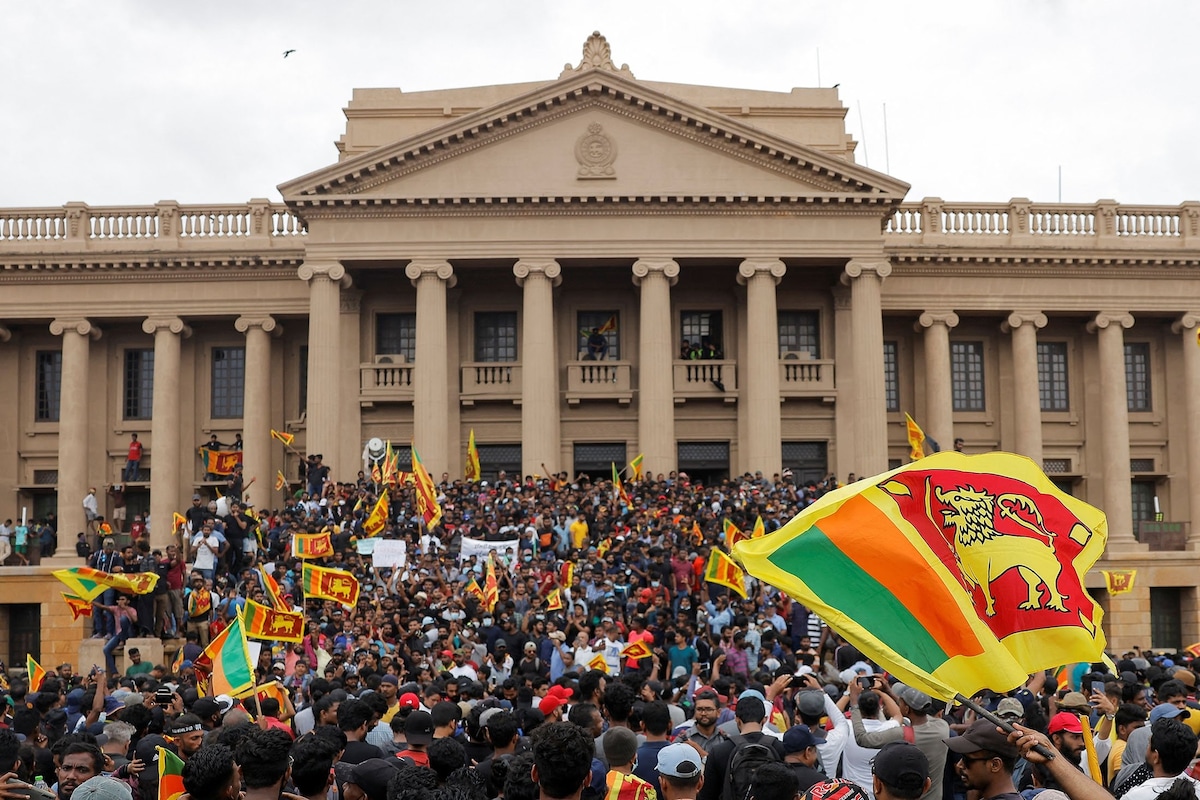
Colombo Social and Political Walk
Sat, Dec 27 • 4:00 PM
Colombo, Western Province 1, Sri Lanka
View details
Nearby restaurants of Sri Ponnambalavaneswarar Kovil
Puspams Chinese Restaurant
KFC - Kotahena
Dominos Pizza - Kotahena
Pizza Hut - Kotahena
Sri Suryas Hotel
Flag & Whistle Restaurant Pub
Sri Vaishnavi Vihar
BakeShop - Head Office & Factory Outlet
Ceylon Table
Mani Cool Spot
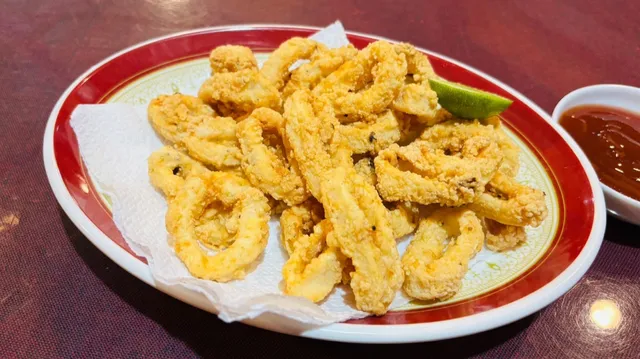
Puspams Chinese Restaurant
4.1
(80)
Click for details

KFC - Kotahena
3.6
(660)
Click for details

Dominos Pizza - Kotahena
4.1
(439)
$$
Click for details
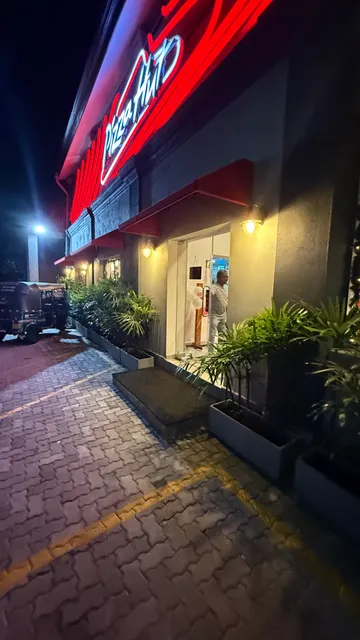
Pizza Hut - Kotahena
4.0
(379)
$$
Click for details
